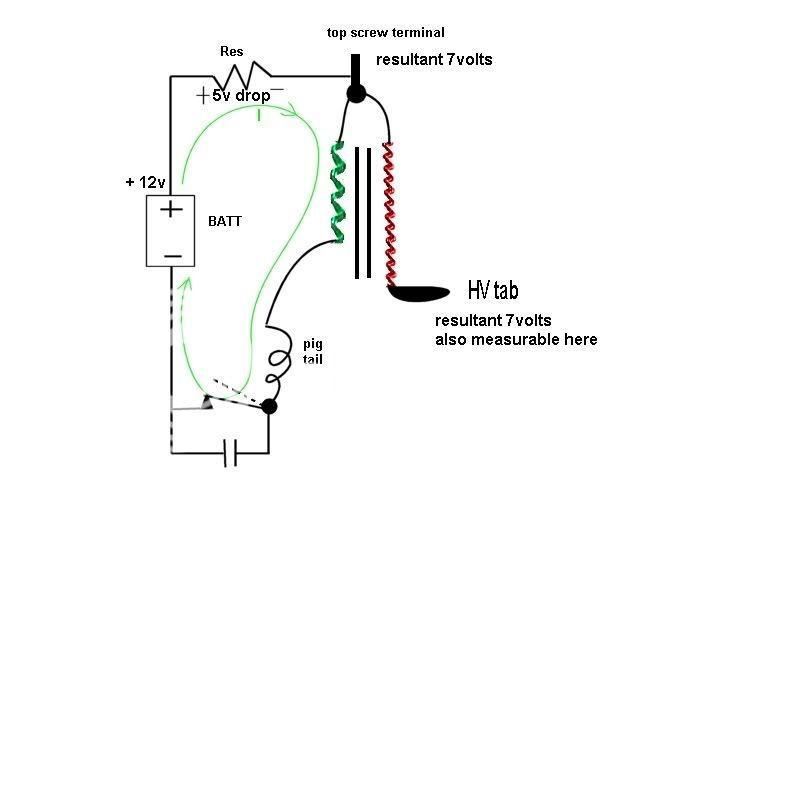Winnipeg Dave
New User
Greetings from the great white north!
I have a 2N, converted to 12V, that I use to blow snow during the winter. When I went to start it last weekend, after sitting all summer, it would turn over, but not fire. Investigation revealed no spark at the plugs. Using my volt-meter, with the ignition on, I'm showing 12V at the top of the front-mount, square coil. When I removed the coil from the top of the dist and, with the ignition on, I'm showing no volts at the bottom pigtail spring. Is the coil dead and need replacing with a new 12V square coil? The points and condenser are fairly new and the tractor was running perfectly when I parked it.
Thank for your help,
Dave
I have a 2N, converted to 12V, that I use to blow snow during the winter. When I went to start it last weekend, after sitting all summer, it would turn over, but not fire. Investigation revealed no spark at the plugs. Using my volt-meter, with the ignition on, I'm showing 12V at the top of the front-mount, square coil. When I removed the coil from the top of the dist and, with the ignition on, I'm showing no volts at the bottom pigtail spring. Is the coil dead and need replacing with a new 12V square coil? The points and condenser are fairly new and the tractor was running perfectly when I parked it.
Thank for your help,
Dave


